Where are the first 10 Apple employees today?
10. Gary Martin was in charge of accounting

9. Sherry Livingston was the right hand for Apple's first CEO
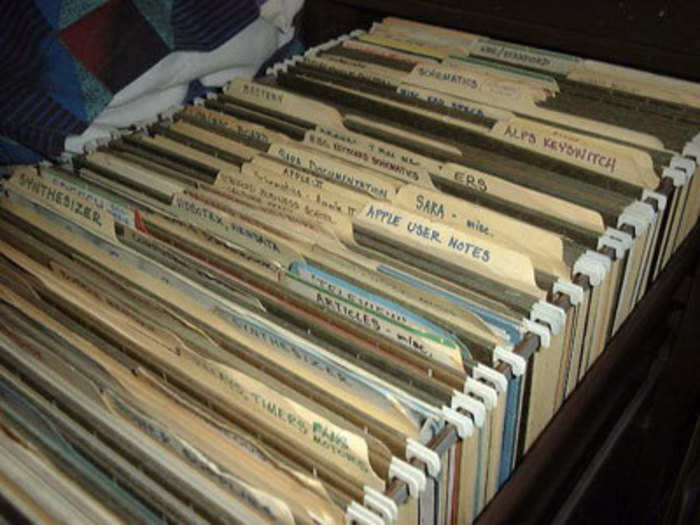
Livingston was the first secretary at Apple, and she did a lot. Michael Scott, who hired her, said she basically did all the odds and ends work for Apple in the early days.
8. Chris Espinosa was working at Apple part-time in high school — and he still works there!
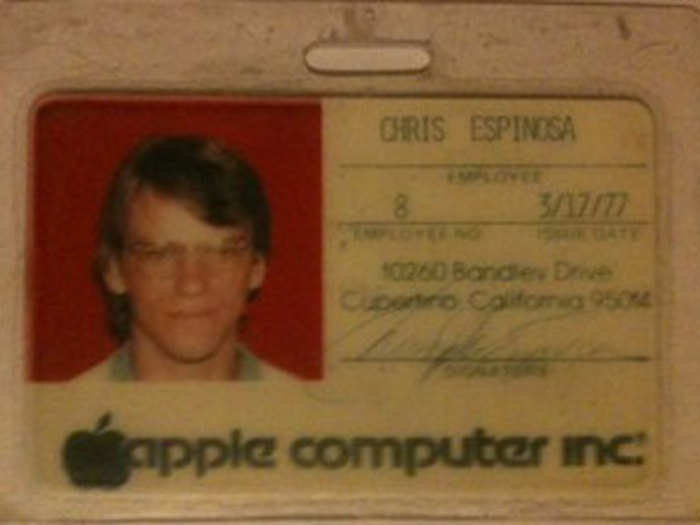
Chris Espinosa joined Apple when he was 14, and still in high school. He's still with the company today — he's actually Apple's longest-serving employee at this point.
On his personal blog he said he ended up as employee No. 8 because when CEO Michael "Scotty" Scott was giving out numbers, he was at school. He arrived late and ended up with the "wrong" number. Sorry Chris!
7. Michael "Scotty" Scott was the original CEO
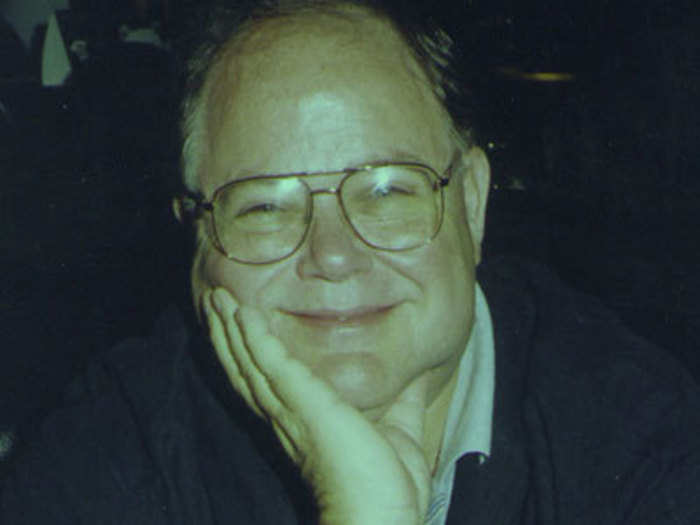
Scott told us he gave himself No. 7, as a joke. It's a reference to James Bond — 007. Scotty, as he was known, picked all the numbers for employees and organized the company. He was brought in as CEO by Mike Markkula, the man who invested $250,000 in Apple and helped map out its business plan.
6. Randy Wigginton ended up working for several important tech companies
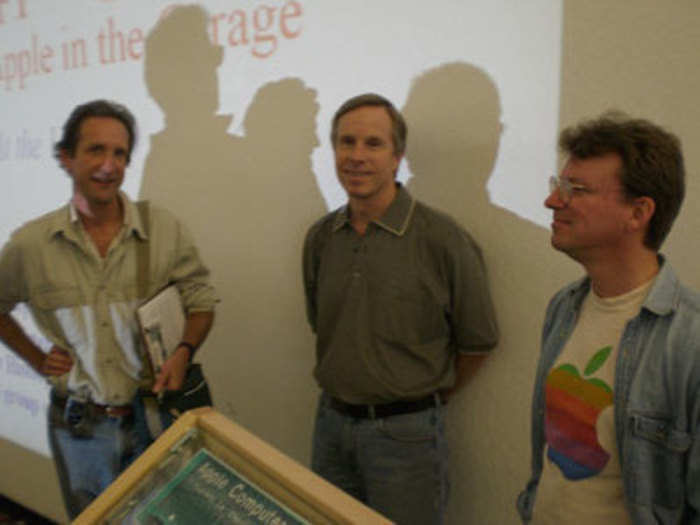
Wigginton's main job was to rewrite BASIC so it would work for the Apple II, Michael Scott told us in an interview. BASIC is an early programming language — the stuff at the core of computing. In his post-Apple life he's worked at eBay, Google, Chegg, and Square, among others. Not a bad run!
5. Rod Holt was super important in the development of the Apple II
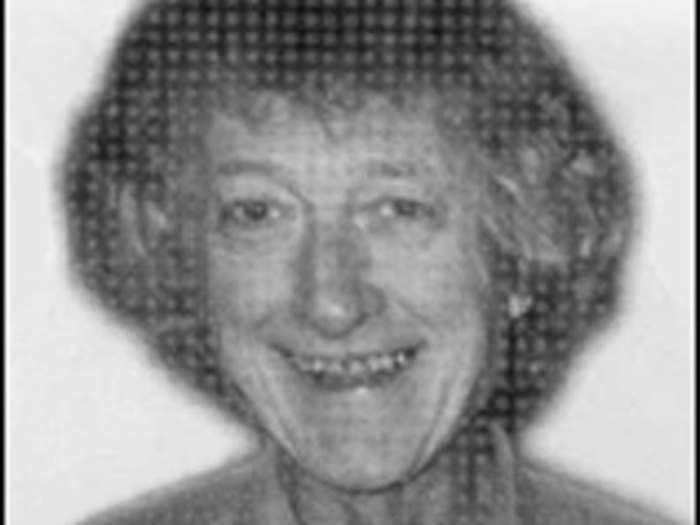
Holt was a highly regarded designer who was skeptical of joining Apple initially. But, in "Return To The Little Kingdom," he says Steve Jobs "conned" him into taking the job. Holt helped develop the power supply for the Apple II. After six years at Apple, Holt says he was pushed out of the company by new management.
4. Bill Fernandez was the first employee after the two Steves
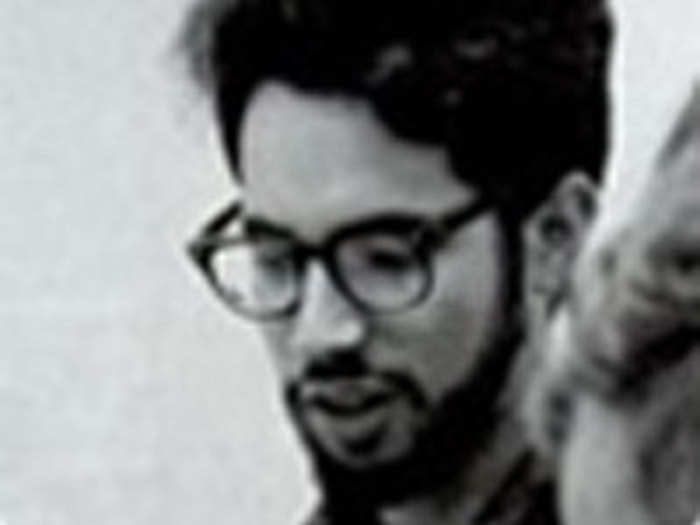
Bill Fernandez first met Steve Jobs at Cupertino Junior High School when Jobs was a new student. Fernandez was also a neighbor and friend of Steve Wozniak. Here's how Fernandez describes it on his LinkedIn profile:
"Introduced the founders, Woz and Jobs. Was later hired by them as Apple's first employee. Occupied many positions, first in hardware, later in software, and finally in user interface design. Worked on the Apple-1, Apple-2, Macintosh and other hardware projects. Worked on the MacOS, QuickTime, HyperCard and other software projects."
When Jobs and Wozniak started Apple, they hired Fernandez as the first employee. He stayed with Apple until 1993, when he left to work at Ingres, a database company. He currently works as CEO at a company named Omnibiotics.
3. Mike Markkula was the moneyman
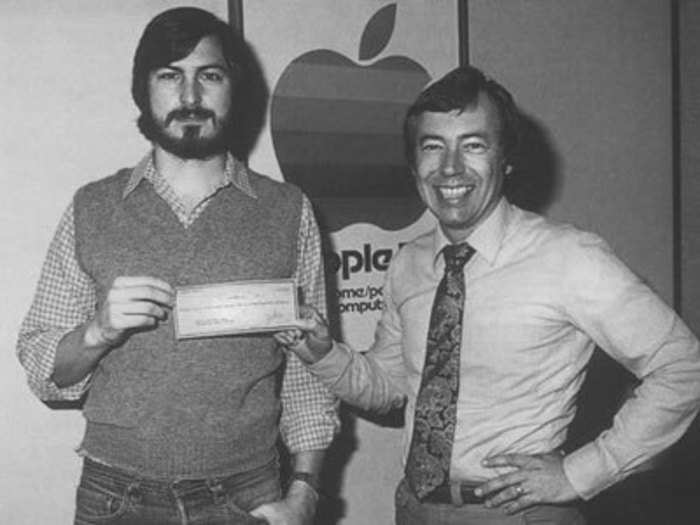
Markkula was as instrumental in developing Apple as either of the two Steves. He made an investment in Apple worth $250,000. In exchange for his investment, he took 30% of the company. He also helped manage the company, develop a business plan, hired the first CEO, and insisted Steve Wozniak join Apple. (At the time he was thinking about joining HP.)
Markkula was an early Intel employee and became a millionaire by the time he was 30 when the company went public. According to "Return to the Little Kingdom," his investment in Apple was less than 10% of his total worth at the time.
He stayed at Apple until 1997, overseeing the ouster and return of Steve Jobs. When Jobs came back, Markkula left. He has since invested in a few startups and donated money to Santa Clara University, for the Markkula Center for Applied Ethics.
2. Steve Jobs became employee "Number 2," just to irk him
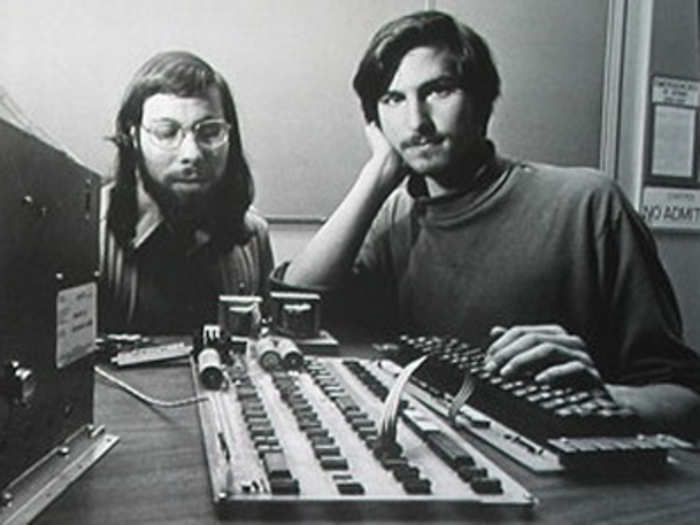
Why is Jobs employee No. 2 and not No. 1? Michael Scott says, "I didn't give it to Jobs because I thought that would be too much." Jobs, as is well known, was ousted from Apple, created a new startup called NeXT, then came back and returned Apple to glory (when Apple bought NeXT). In between, he led Pixar. Steve Jobs died in October 2011.
1. Steve Wozniak was the technical expert
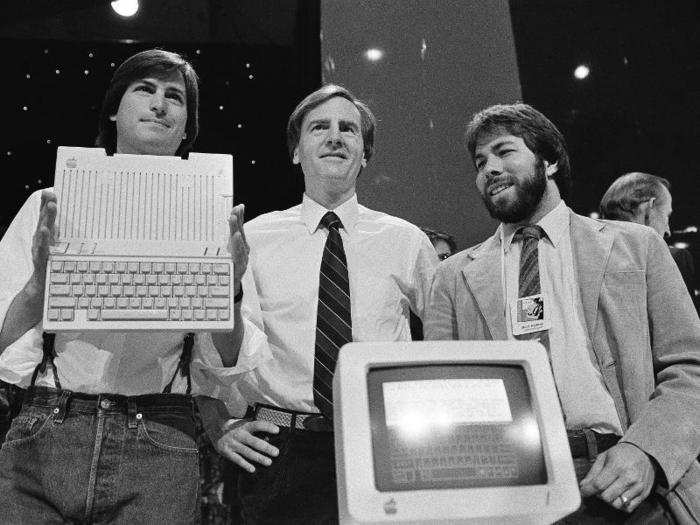
Wozniak almost didn't join Apple. He had a job offer at HP in Oregon and was considering taking it. He made the right choice, clearly. Years later, "Woz" (as he's known) is still a regular face in Silicon Valley — he gives interviews, speeches, and has even appeared on "Dancing with the Stars."
BONUS: Ronald Wayne decided to sell his shares for $1,700
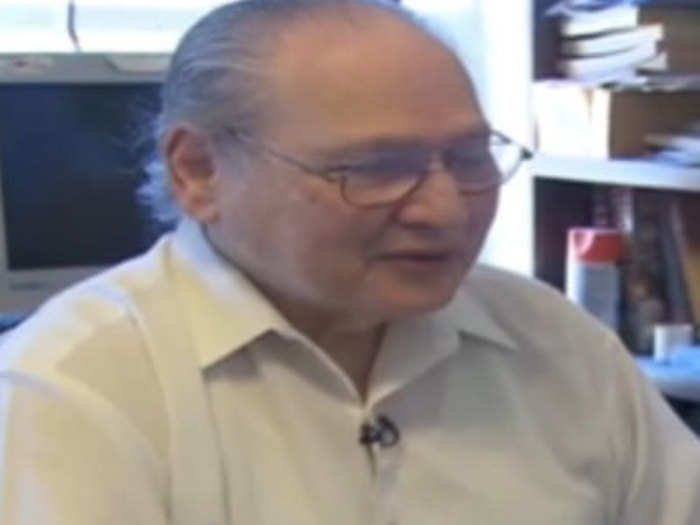
Ronald Wayne was an original partner in Apple with Steve Jobs and Steve Wozniak, but decided the business wasn't for him. He left. To make things official, Markkula bought out his stake in the company for $1,700 in 1977.
In 2012, Wayne wrote an essay on why he left Apple. It's quite good:
"I didn’t separate myself from Apple because of any lack of enthusiasm for the concept of computer products. Aside from any immediate apprehension in regard to financial risks, I left because I didn’t feel that this new enterprise would be the working environment that I saw for myself, essentially for the rest of my days. I had every belief [it] would be successful but I didn’t know when, what I’d have to give up or sacrifice to get there, or how long it would take to achieve that success.
...
To counter much that has been written in the press about me as of late, I didn't lose out on billions of dollars. That's a long stretch between 1976 and 2012. Apple went through a lot of hard times and many thought Apple would simply go out of business at various times in its maturity. I perhaps lost tens of millions of dollars. And quite honestly, between just you and me, it was character building."
Popular Right Now
Advertisement